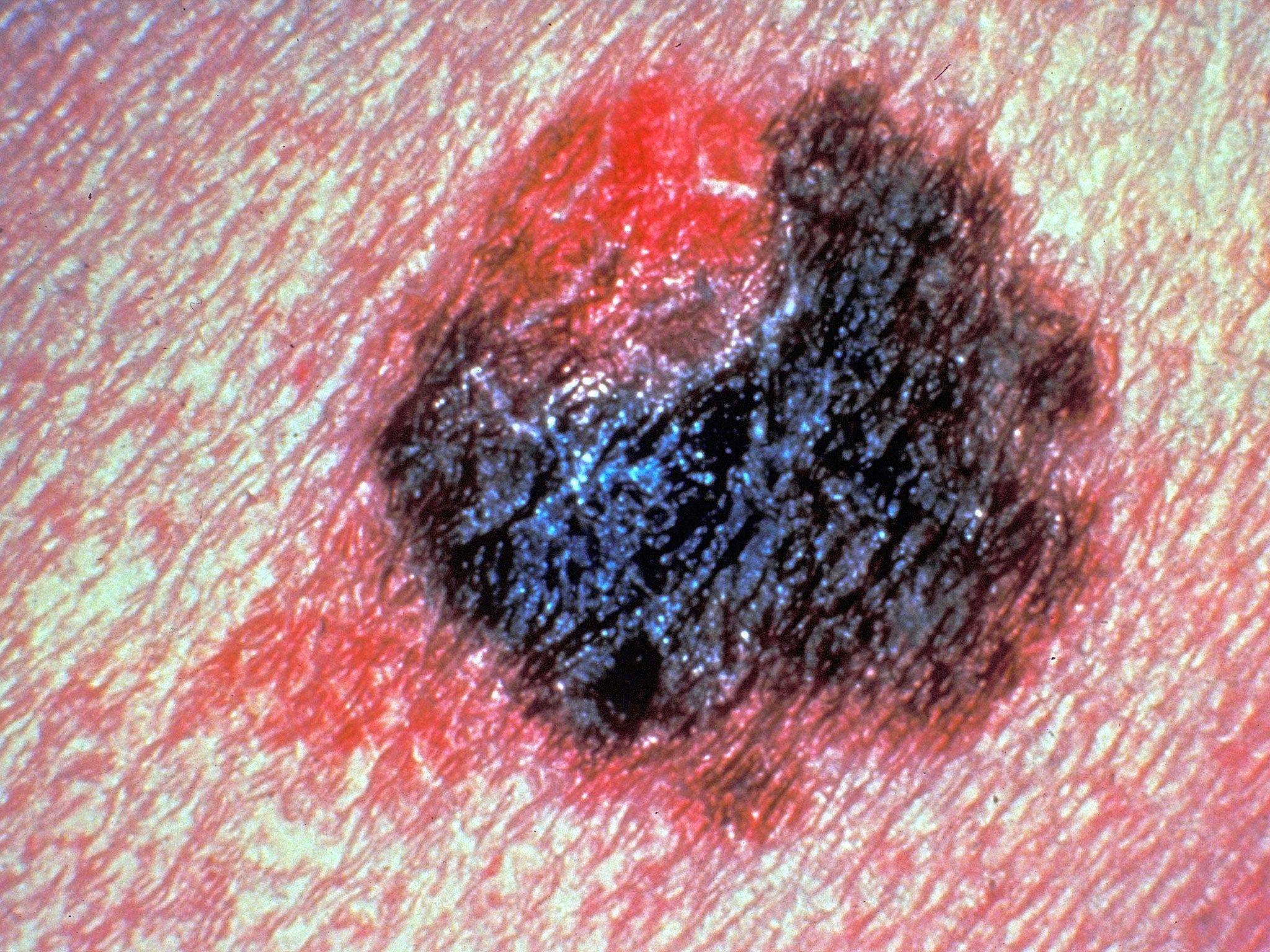Hidden 'red hair' gene could increase risk of skin cancer
People who carry a silent red hair gene could be just at risk from the sun as those with ginger colouring

Your support helps us to tell the story
From reproductive rights to climate change to Big Tech, The Independent is on the ground when the story is developing. Whether it's investigating the financials of Elon Musk's pro-Trump PAC or producing our latest documentary, 'The A Word', which shines a light on the American women fighting for reproductive rights, we know how important it is to parse out the facts from the messaging.
At such a critical moment in US history, we need reporters on the ground. Your donation allows us to keep sending journalists to speak to both sides of the story.
The Independent is trusted by Americans across the entire political spectrum. And unlike many other quality news outlets, we choose not to lock Americans out of our reporting and analysis with paywalls. We believe quality journalism should be available to everyone, paid for by those who can afford it.
Your support makes all the difference.It’s long been known that red haired people are more at risk of sunburn and skin cancer.
But scientists have made a discovery which suggests some people with brown hair could be equally at risk.
People with two copies of a particular type of gene will normally have red hair, pale skin and freckles, but many people carry just one copy and that does not produce the hair colour.
Now researchers have found that these genes appear to increase the number of genetic mutations in skin tumours. The effect was significant – it was as if the cancer patient was 21 years older – and was the same whether people had one or two copies of the gene.
Genetic mutations are normally harmless but occasionally the process will damage an important process in the cell, causing cancer.
While the scientists were studying tumours of cancer patients, they said it was likely that ultraviolet light from the sun was also causing a higher number of mutations in healthy skin of redheads, increasing the chance of getting cancer.
Only about one to two per cent of the world’s population have red hair and yet they make up 16 per cent of melanoma patients.
One of the researchers, Dr David Adams, of the Wellcome Trust Sander Institute, said: “This is the first time that the gene has been proven to be associated with skin cancers with more mutations.
“Unexpectedly, we also showed that people with only a single copy of the gene variant still have a much higher number of tumour mutations than the rest of the population.
“This is one of the first examples of a common genetic profile having a large impact on a cancer genome and could help better identify people at higher risk of developing skin cancer.”
The researchers analysed publically available DNA sequences from tumours from more than 400 people.
They found an average of 42 per cent more sun-associated mutations in tumours from people carrying the gene variant, called MC1R, an effect comparable with being significantly older.
“Melanomas from patients with one or two of these variants, have on average, an increased number of mutations associated with 21 years of life in an individual without one of these variants,” Dr Adams said.
“So a melanoma from a 40-year-old red head would have around the same number of mutations as a melanoma from a 60-year-old who doesn’t carry a variant in the red head gene.”
Dr Julie Sharp, head of health and patient information at Cancer Research UK, said the research underlined the need to take care in the sun.
“This important research explains why red-haired people have to be so careful about covering up in strong sun,” she said.
“It also underlines that it isn't just people with red hair who need to protect themselves from too much sun. People who tend to burn rather than tan, or who have fair skin, hair or eyes, or who have freckles or moles are also at higher risk.
“For all of us the best way to protect skin when the sun is strong is to spend time in the shade between 11am and 3pm, and to cover up with a t-shirt, hat and sunglasses. And sunscreen helps protect the parts you can't cover; use one with at least SPF15 and 4 or more stars, put on plenty and reapply regularly.”
Join our commenting forum
Join thought-provoking conversations, follow other Independent readers and see their replies
Comments